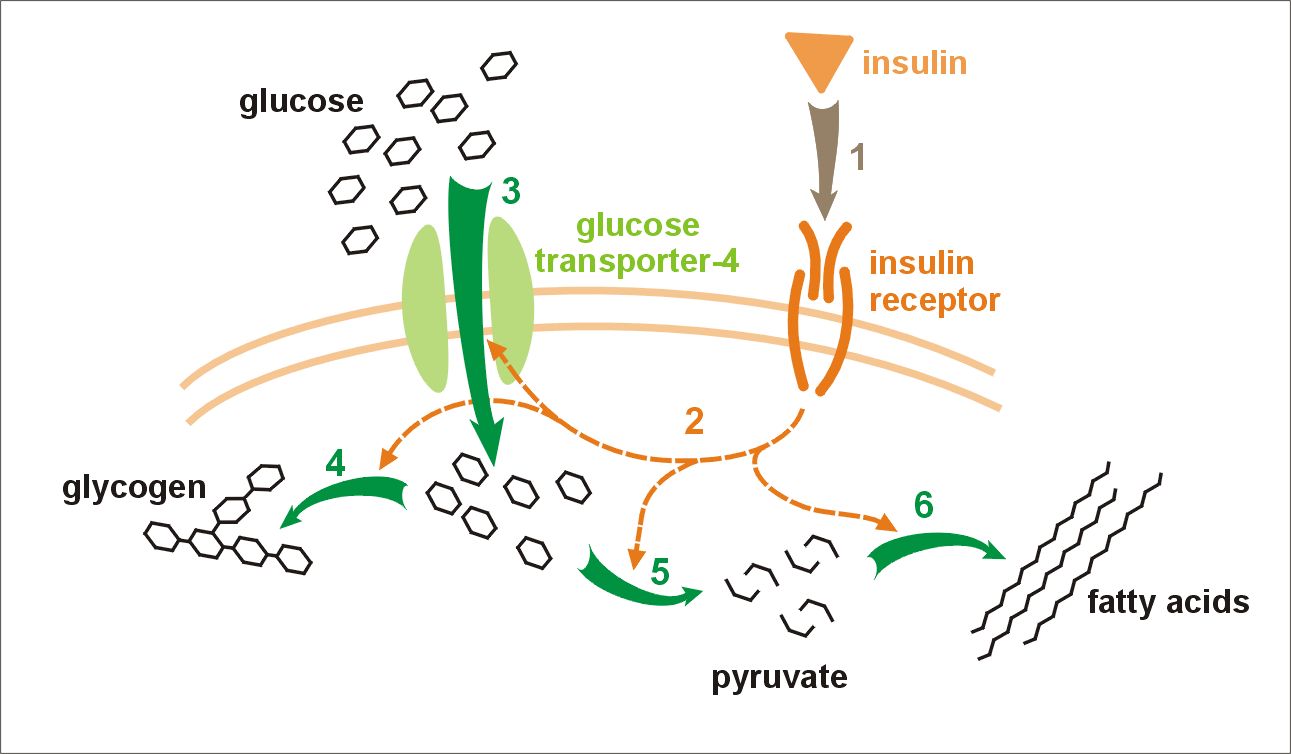Astyanax mexicanus also known as Mexican tetra is a small fish not more than 12cm in length. However the species has attracted the attention of evolutionary biologists since the time of Darwin. The natural habitat of A. mexicanus are dark caves and crevices in the rivers of Texas and eastern Mexico. This aquarium fish is not just blind; it has no eyes at all. According to Darwin the species would have started out as eyed variety then over millions of generations the dark habitat could have bestowed the evolutionary advantage of blindness. After all what use are eyes when the surroundings is pitch dark ? The uptown river dwelling cousins of A.mexicanus are blessed with eyes. Darwin's wrote in Origin of Species (1859) :
By the time that an animal had reached, after numberless generations, the deepest recesses, disuse will on this view have more or less perfectly obliterated its eyes, and natural selection will often have affected other changes, such as an increase in the length of antennae or palpi, as compensation for blindness.
 |
| Astyanax mexicanus, Characidae, Blind Cave Tetra; Staatliches Museum für Naturkunde Karlsruhe, Germany. courtesy: wikipedia |
 |
| Effect of insulin on glucose uptake and metabolism. Insulin binds to its receptor (1) which in turn starts many protein activation cascades (2). These include: translocation of Glut-4 transporter to the plasma membrane and influx of glucose (3), glycogen synthesis (4), glycolysis (5) and fatty acidsynthesis (6).Courtesy: wikipedia |
Glucose enriched blood could have evolved as an instant-food-reserve trait to compensate for the food scarcity in the dark recesses. But how is insulin resistance decoupled from the debilitating consequences of high blood sugar? Answer to this question will be a boon to mankind.
References:
3. Insulin resistance in cavefish as an adaptation to a nutrient-limited environment: Riddle et al Nature: 29th March 2018. Vol.555, pp647-651
4. Genetic basics of insulin resistance and its role in type 2 diabetes pathology
4. Genetic basics of insulin resistance and its role in type 2 diabetes pathology